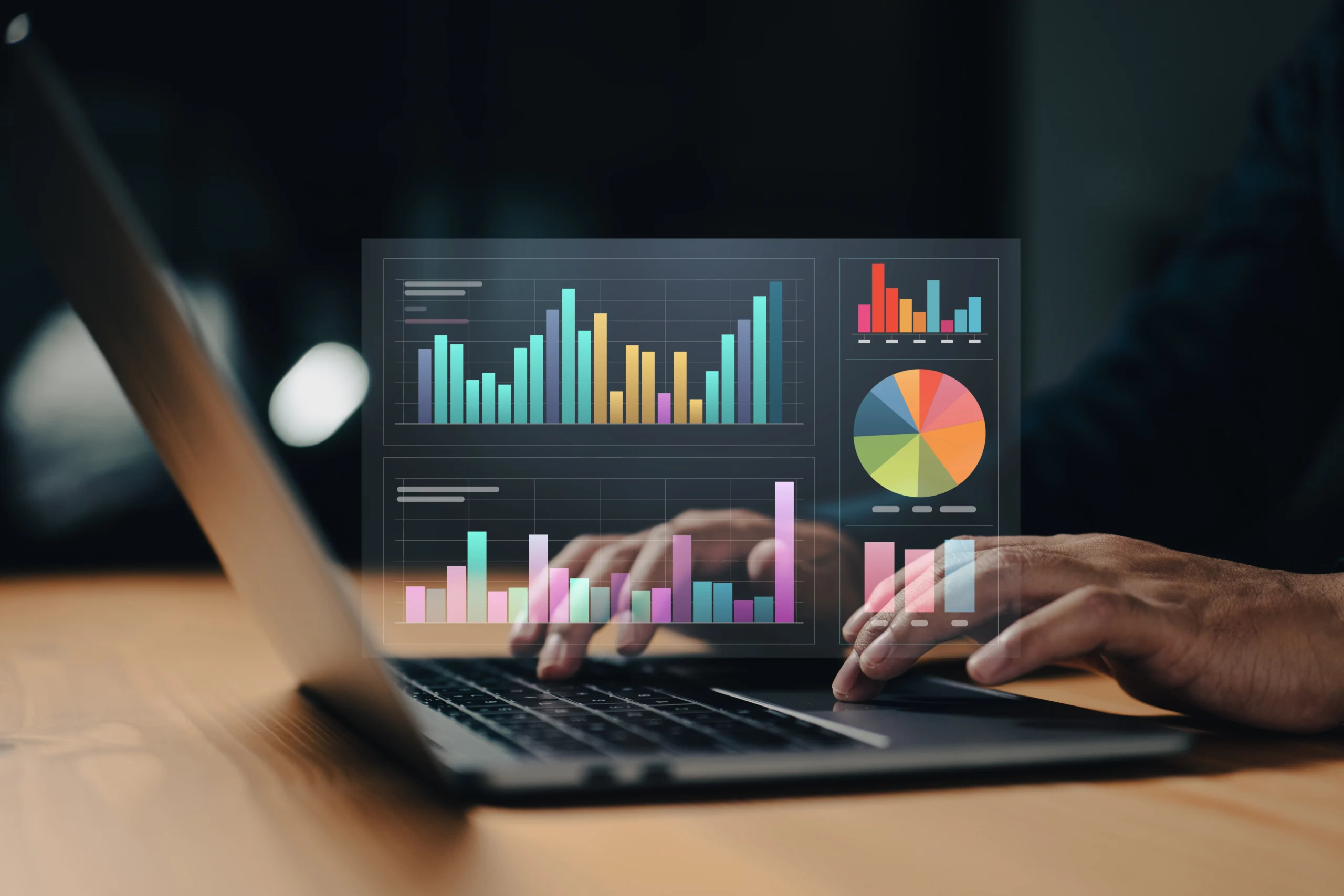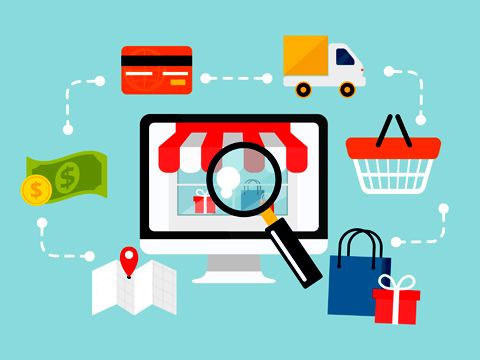Forecasting plays an essential role in a wide array of industries, from business and finance to weather and technology. The ability to predict future events or trends allows individuals, organizations, and governments to make informed decisions that can minimize risks and maximize opportunities. This article will explore the concept of “forecast,” its different types, methods used in forecasting, its applications, and the challenges that come with it.
What is a Forecast?
A forecast is a prediction or estimate of future events, trends, or conditions based on the analysis of data from the past and present. The aim of forecasting is to provide a reasonable estimation of what is likely to happen under specific conditions, using historical information, statistical models, and sometimes expert judgment.
Forecasts can be made for various domains, including weather, sales, economic trends, stock prices, and even population growth. The accuracy of forecasts often depends on the quality and volume of data available, the forecasting method used, and the complexity of the event or trend being predicted.
Types of Forecasts
Forecasts can be categorized based on the time frame, method of analysis, or the domain in which they are applied. Below are some of the key types of forecasts.
1. Short-term Forecasts
These forecasts predict events or trends over a short time horizon, typically ranging from a few hours to a few weeks. Short-term forecasts are particularly common in weather prediction, where meteorologists predict conditions such as temperature, precipitation, or storms for the upcoming days.
2. Medium-term Forecasts
Medium-term forecasts cover a period of several weeks to months. These forecasts are useful for business and economic planning, allowing organizations to adjust production schedules, inventory management, and staffing needs.
3. Long-term Forecasts
These forecasts extend over a longer period, typically a year or more. Long-term forecasts help in strategic planning, investment decisions, and assessing long-term economic, technological, or societal trends.
Methods of Forecasting
Various methods are employed to make forecasts, ranging from simple techniques to complex statistical models. The selection of a method depends on the type of data available, the required level of precision, and the domain of application.
1. Qualitative Forecasting Methods
These methods rely on subjective judgment, intuition, or expert opinion. They are often used when there is little historical data or when the forecast pertains to new, unique, or uncertain events. Techniques include:
- Expert opinion: Gathers insights from individuals with specialized knowledge or experience in a particular area.
- Market research: Surveys, focus groups, and other research techniques can help assess consumer sentiment and preferences.
- Delphi method: A structured process where a panel of experts discusses a particular issue and provides forecasts, which are then refined through multiple rounds of feedback.
2. Quantitative Forecasting Methods
Quantitative forecasting methods use historical data to make predictions based on mathematical models and statistical techniques. These methods are often more reliable when there is a substantial amount of data available. Techniques include:
- Time Series Analysis: This method involves analyzing historical data points (such as sales, temperature, etc.) to identify trends, patterns, and seasonal variations. A common approach is moving averages or exponential smoothing.
- Causal Models: These models examine the relationships between the variable being forecasted and other influencing factors, such as economic indicators or demographic changes.
- Regression Analysis: A statistical method where the relationship between a dependent variable and one or more independent variables is analyzed to forecast future trends.
3. Hybrid Methods
Some forecasters combine qualitative and quantitative methods to leverage the strengths of both. For example, experts might use qualitative insights to adjust or refine the output of quantitative models.
Applications of Forecasting
Forecasting is used across a wide range of industries, each benefiting from different methods and techniques to predict future trends and plan accordingly.
1. Business and Economics
In business, forecasting helps companies predict market trends, consumer behavior, sales, and production needs. Accurate sales forecasting enables businesses to optimize inventory levels, manage cash flow, and reduce the risk of overproduction or stockouts.
In economics, governments and organizations use forecasts to anticipate future economic conditions such as GDP growth, inflation, unemployment, and interest rates. These forecasts guide policy-making, fiscal planning, and investment strategies.
2. Weather Forecasting
Meteorologists use forecasting methods to predict weather patterns, temperature, precipitation, and other atmospheric conditions. Accurate weather forecasts help businesses plan their operations, assist governments in disaster preparedness, and allow people to make informed decisions about daily activities, such as commuting and outdoor events.
3. Stock Market and Financial Forecasting
Investors and analysts rely on forecasting techniques to predict stock prices, interest rates, market trends, and economic conditions. Forecasting models help investors make decisions about when to buy, sell, or hold assets, and guide financial institutions in risk management.
4. Health and Epidemiology
In the healthcare sector, forecasting is used to predict disease outbreaks, healthcare needs, and the demand for medical supplies and services. During the COVID-19 pandemic, for instance, forecasts played a crucial role in understanding the spread of the virus and planning healthcare responses.
5. Energy and Utility Sector
Energy providers use forecasting to predict the demand for electricity, gas, and other resources. This helps in optimizing production and distribution schedules, ensuring that supply meets demand while avoiding wastage and reducing costs.
Challenges in Forecasting
While forecasting is an invaluable tool, it is not without challenges. Several factors can affect the accuracy of predictions.
1. Uncertainty
Uncertainty is one of the main obstacles in forecasting. The future is influenced by numerous variables, many of which are unpredictable. This is particularly true for complex systems like the economy, weather, or political environments.
2. Data Limitations
Accurate forecasts require high-quality, up-to-date data. Missing, incomplete, or inaccurate data can significantly skew predictions, leading to wrong decisions. Furthermore, the absence of historical data can make forecasting especially difficult in emerging markets or new areas.
3. Model Complexity
Some forecasting methods, particularly quantitative ones, require sophisticated statistical models. These models often rely on multiple variables and assumptions, making them difficult to build, interpret, and adjust. Additionally, overfitting (when a model is too closely aligned with historical data) can reduce the model’s ability to predict future events accurately.
4. Bias
Human judgment, especially in qualitative forecasting methods, can introduce bias into predictions. Experts may be swayed by personal opinions or past experiences, leading to subjective forecasts that may not fully reflect the current conditions.
Conclusion
Forecasting is an essential practice across a variety of sectors, offering predictions that help individuals and organizations make more informed decisions. Whether it’s predicting the weather, sales, or economic trends, accurate forecasting can lead to better planning and resource allocation. However, as with any predictive activity, forecasting comes with its challenges, including data limitations, uncertainty, and potential biases. By understanding the different methods of forecasting and the factors that influence their accuracy, individuals and organizations can better navigate the complexities of an uncertain future.






Leave a Reply